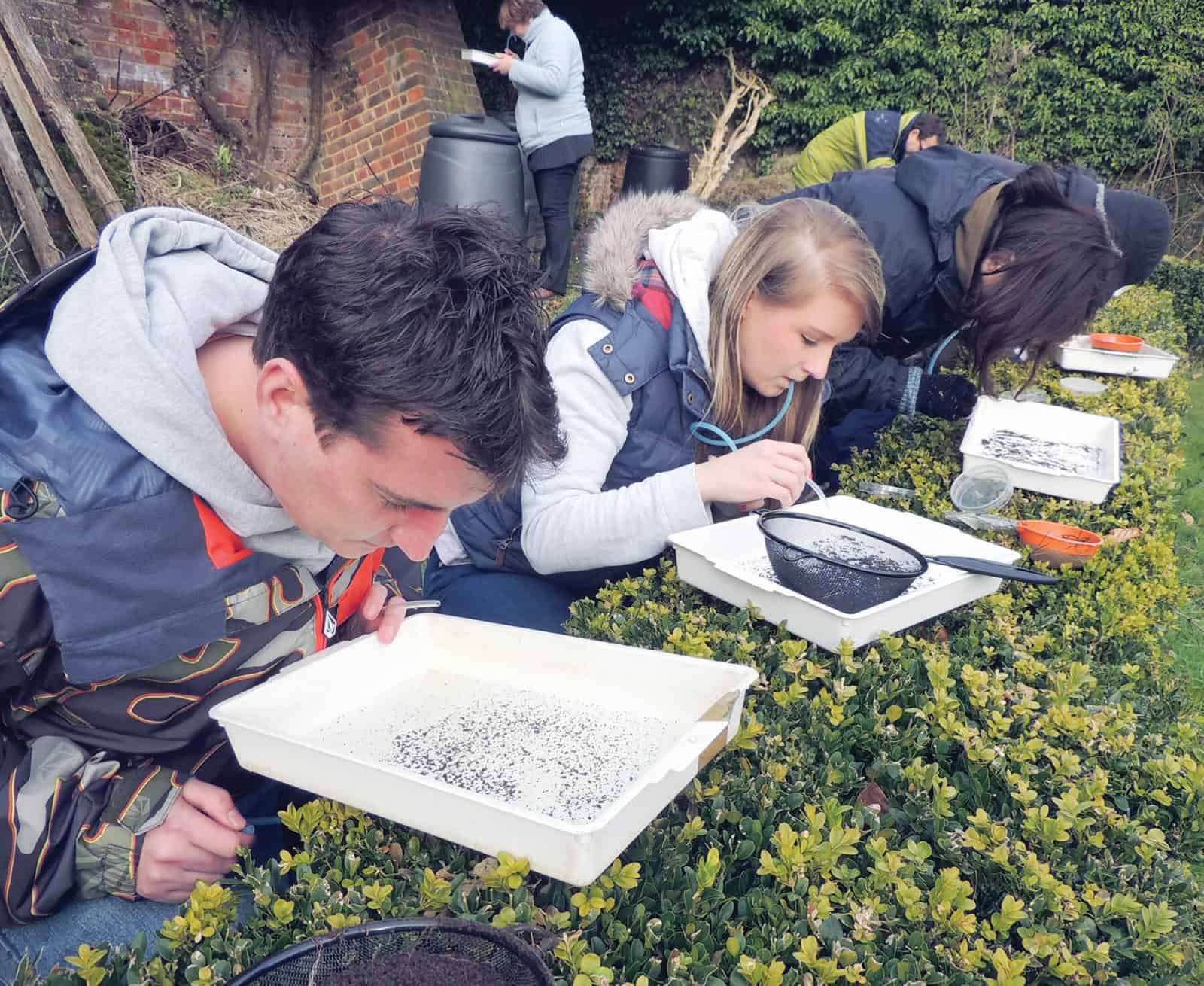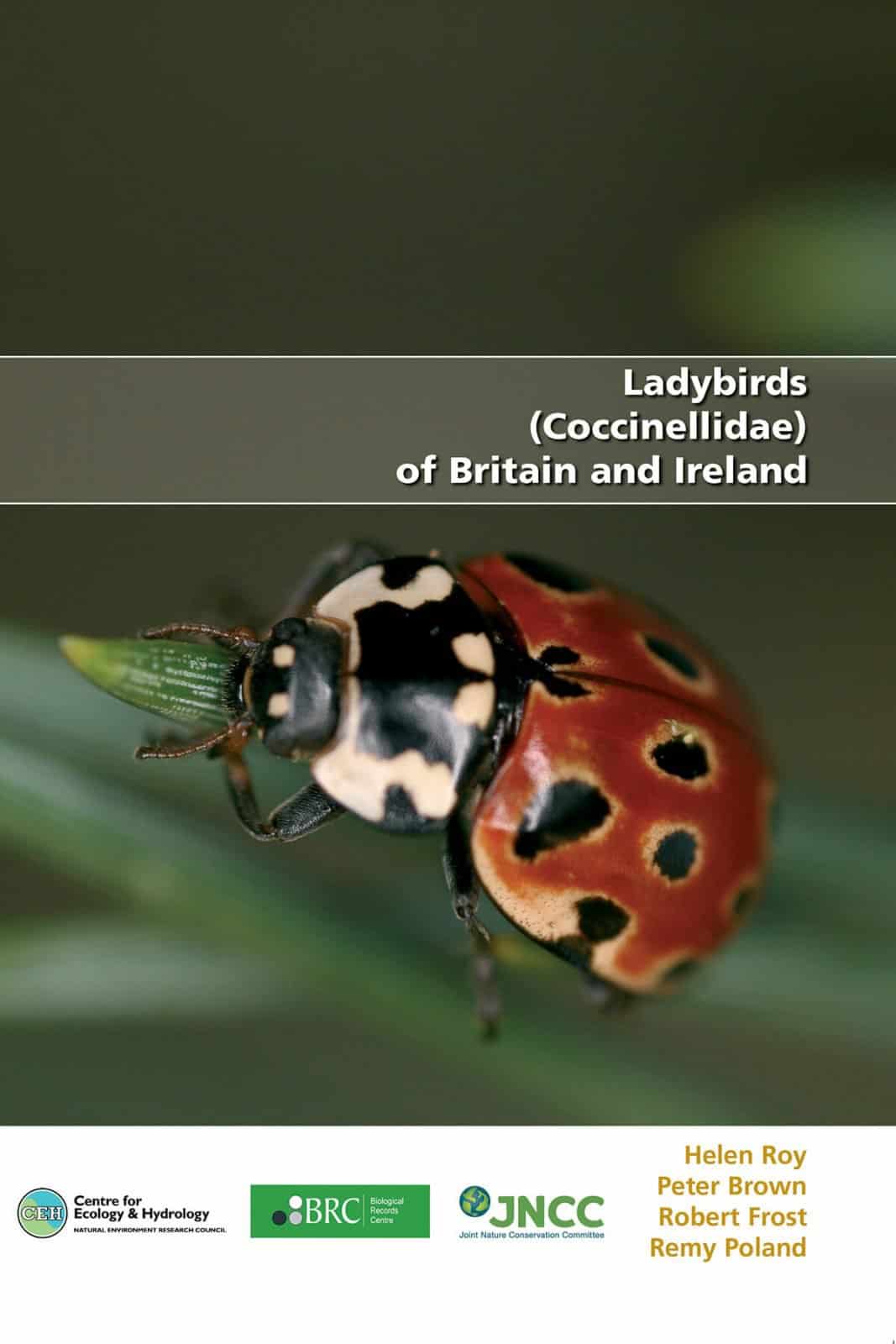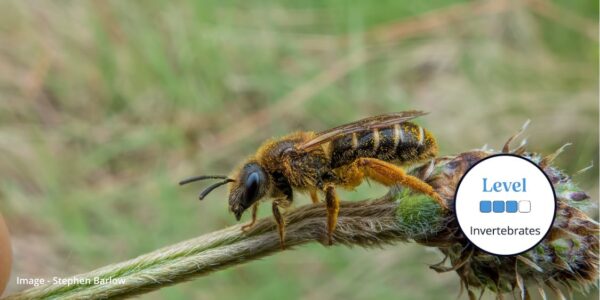Ladybirds atlas
The Ladybirds atlas covers all of Britain and Ireland, including Isle of Man and Channel Isles.
There are 47 species of Coccinellidae resident in Britain and Ireland. This includes both conspicuous and inconspicuous ladybirds. In total this atlas presents 136, 224 records for ladybirds.
Like previous atlases in the series, species distribution maps show records at 10km square resolution. Species maps have three date classes. Each species account begins with a brief description, highlighting differences with similar species. Useful characters include background and background colour, number of spots and spot fusions. Moreover some species have melanic forms and other variations. The authors outline habitats, host plants, food and overwintering sites. Phenograms show record count per half-month. Finally each account finishes with distribution status and trend. UK conservation designations are shown where applicable.
Ladybirds are charismatic beetles with fascinating life histories. Their interactions with natural enemies, especially parasites, are particularly intriguing. So to encourage more recording, this atlas includes a special section on what to look for. it helps that many are easy to recognise in association with their ladybird hosts. For example the braconid wasp Dinocampus coccinellae is frequent among adult 7-spot ladybirds emerging in spring. In similar fashion to other insects, ladybirds undergo complete metamorphosis. They pass from the egg to larva, pupa and adult. After hatching, the larval stage comprises four instars. Unlike many beetles, ladybird larvae eat the same food as the adult stage. It is often possible to identify larvae and pupae to species as well as adults.
The Ladybirds atlas was published with Biological Records Centre and UK Ladybird Survey.



